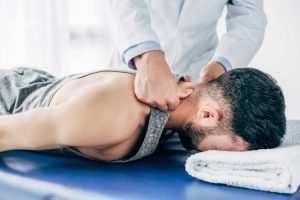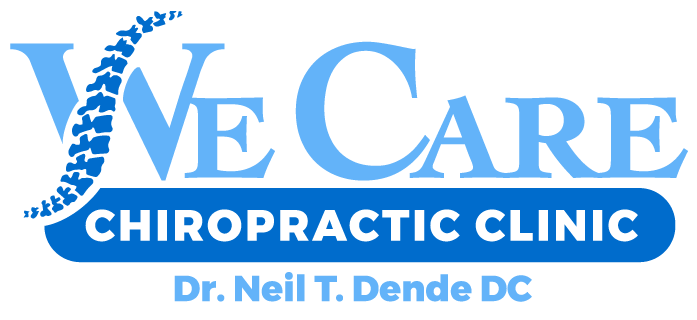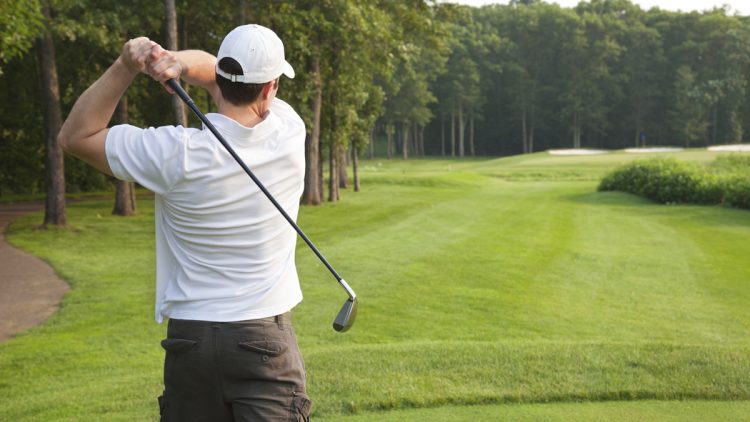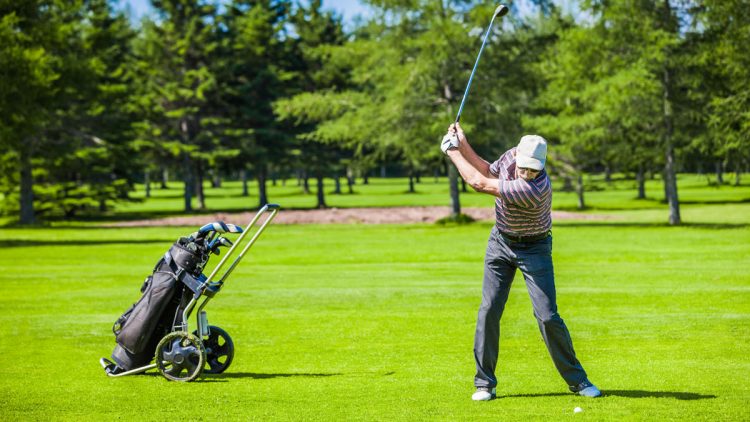8 Golf Shoulder Exercises
WE CARE CHIROPRACTIC
24/7 Emergency Auto Injury Appointments In Glendale, AZ
In order to play your best round of golf, your shoulders need to be 100 percent. Use our list below for some great shoulder-strengthening exercises.
Best Golf Shoulder Exercises
Try these shoulder exercises to improve your swing. The last 5 stretches will require a resistance band.
Stretch 1. Shoulder Warmup
- Put your right arm across your chest, with the right arm toward your left shoulder.
- Keep your elbow at chest level.
- Place your left palm on your right elbow, pulling it toward your chest.
- Hold this position for 10-15 seconds.
- Switch to the opposite side.
Stretch 2. Shoulder Press
- With two dumbbells in your hands, stand straight and have your palms facing frontward.
- Push the dumbbells upward while slowly twisting your body to the right.
- Stretch your arms out fully.
- Stop to breathe for a few seconds, then lower the dumbbells and return to the starting position.
- Turn right and left 6 times each.
- Repeat the stretch 3 times.
Stretch 3. Open Shoulder
- Grip your golf club at the end in both hands.
- Lift your club forward and over your head, with your shoulders remaining straight.
- Stretch your shoulders while moving backward until you feel tension in the front of your shoulders.
- Hold this position for 10-20 seconds.
- Repeat the motion 2-3 more times.
Stretch 4. Front Raise
- Stand atop the middle of the band, holding each end in the opposite hand while the band crosses in front of your lower legs.
- Place both palms on your thighs.
- Raise your arms straight up in front of you but stopping when they are at shoulder height.
- Avoid swinging or rocking backward as you raise your arms.
- Pause, then slowly return to your starting position.
Stretch 5. Standing Row
- Anchor the band around a secure object, such as a door.
- Grasp a handle in each hand while keeping your forearms parallel to the floor.
- Bend your elbows and move your arms straight back to the sides of your ribs.
- Return to the starting position gently.
Stretch 6. Lateral Raise
- Stand atop the middle of the band.
- Hold both sides of the band in the opposite hand with your palms facing inward and the band crossed in front of your lower legs.
- Keep a slight bend in your elbows while you raise both arms to the sides.
- Pause for several seconds with your arms raised slightly above shoulder height.
- Slowly return to your starting position.
Stretch 7. Reverse Fly
- Once again stand atop the middle of the band.
- Cross the ends to opposite hands, so the band will cross in front of your lower legs.
- Hinge at your hips while bending slightly forward, keeping your spine both long and neutral.
- Maintain a slight bend in your knees while in motion.
- Pull your band upward and out to the sides until your hands are at chest height or slightly higher.
- Next, draw your shoulder blades together.
- Hold the position for a few seconds.
- Return back to the starting position slowly.
Stretch 8. Band Pull-Apart
- Hold the band, then extend your arms straight out in front of you.
- Keep your elbows slightly bent as you lengthen your spine.
- Now pull the band as far apart as you can.
- Draw your shoulder blades together.
- Try to hold this position for a few seconds.
- Return to your starting position slowly.
When To See A Chiropractor For Shoulder Pain
While most people seek help from a chiropractor for back or neck pain, chiropractic care can also be used to treat shoulder pain. Having shoulder pain can prevent you from participating in activities you love, such as golf or taking a swim in your pool. It can also make completing everyday tasks difficult, like carrying your child to bed or putting away dishes on the top shelf.
All in all, living with shoulder pain is both frustrating and inconvenient, but you don’t have to keep dealing with it. If left untreated, your shoulder pain can become more severe, and can even travel to your neck, back, and arms.
You can look forward to reduced pain and discomfort, decreased inflammation, and improved flexibility and range of motion with a chiropractic adjustment that focuses on your shoulders. In addition to adjustments, we also offer various other chiropractic treatments that can help you with your shoulder pain.
Our chiropractic massage can help reduce recovery time if your shoulder pain is a result of an injury, and it can also help with balance and flexibility. We can identify the source of your shoulder pain and recommend the best treatment option going forward.

AT WE CARE CHIROPRACTIC, WE GOT YOUR BACK!



